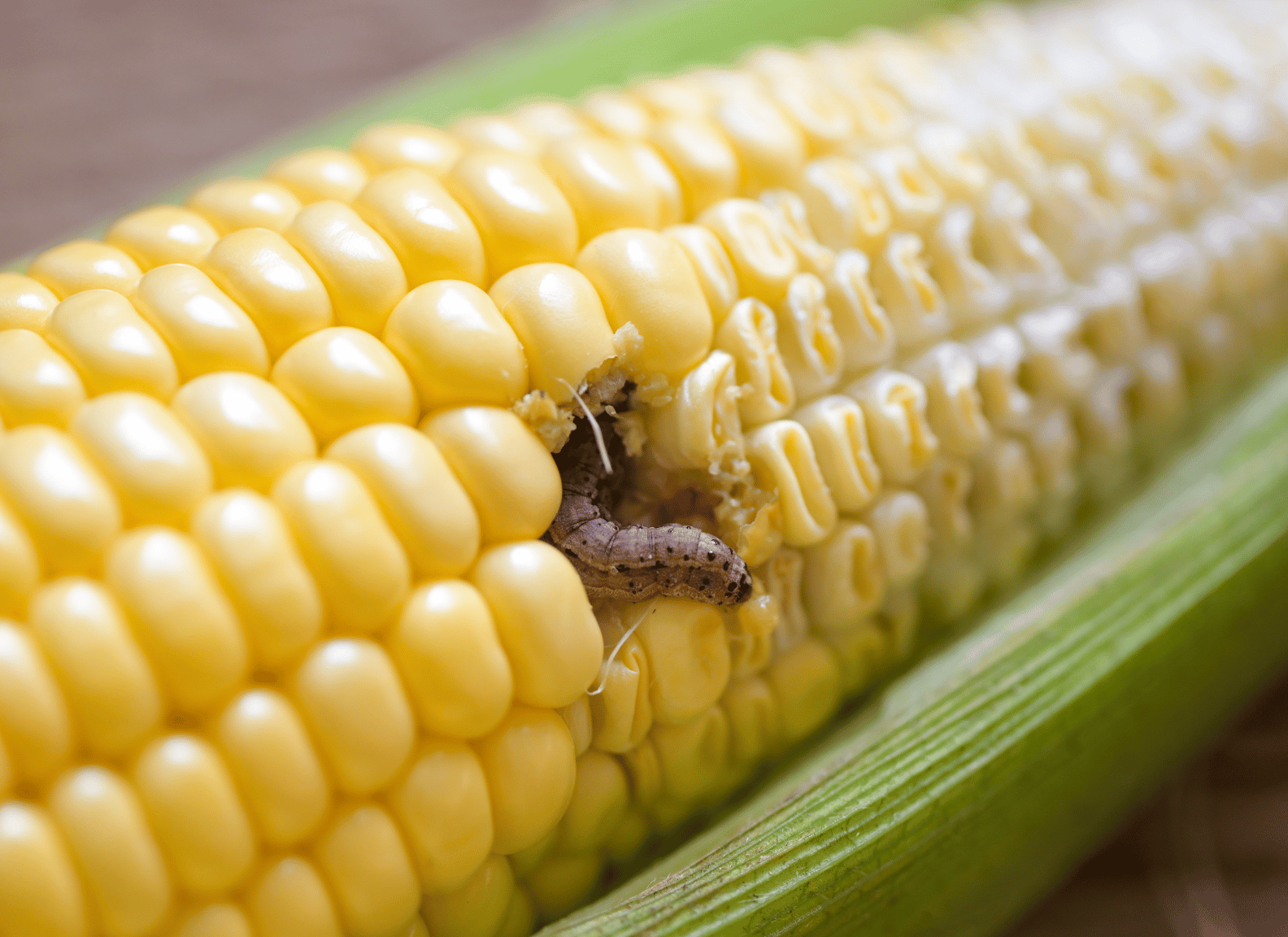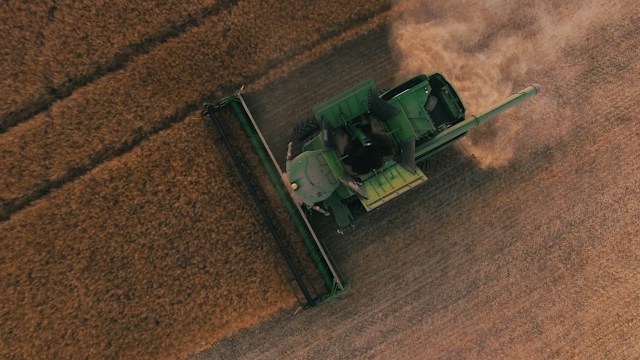In today’s agri-food industries, pest control stands as a critical issue demanding immediate attention.
The pursuit of producing sustainable and healthy crops necessitates innovative solutions to mitigate its impact.
Technological advancements play an integral part in offering robust, effective, and eco-friendly strategies for pest management.
As we delve into the subject, the focus will be on illustrating these emerging pest control technologies and their relevance in ensuring sustainable produce.
The discussion further extends to the benefits and challenges associated with implementing these technologies.
It’s essential to understand how these innovations are not only changing the landscape of agriculture but are also ensuring food safety and environmental preservation.
Contents
Pest Control Technologies For Sustainable Produce
1. Biological pest control methods
Biological pest control methods play a critical role in sustainable agriculture, particularly in the pursuit of healthier produce.
These approaches are designed around the idea of natural equilibrium, leveraging the ecological relationships between pests and their natural enemies.
The primary advantage of such methods is that they reduce the need for chemical pesticides, which are associated with negative environmental and health impacts.
In biological pest control, a variety of living organisms, including insects, birds, and fungi, are strategically used to contain and minimize pest populations.
Notably, these pest-control organisms are carefully selected to ensure that they pose minimal risk to the crops themselves and contribute to the overall balance of the agricultural ecosystem.
An illustrative example is the use of ladybugs, a natural predator of aphids, scales, mites, and other pests.
Further, the introduction of certain beneficial bacteria or fungi into the soil can prevent pests by making the environment less hospitable to them.
However, the effectiveness of biological pest control methods is heavily dependent on extensive knowledge of the ecological relationships in a given environment.
Thus, these techniques require substantial research to ensure that introduced organisms will not disrupt the ecosystem in unintended ways.
In addition, the implementation of biological pest control methods often demands continuous monitoring to maintain effectiveness.
Despite these challenges, studies show that biological pest control methods can contribute significantly to increased crop yields and improved soil health.
Moreover, biological pest control methods offer a tangible solution towards sustainable agriculture, meeting the environmental, economic, and social sustainability dimensions.
However, the broad acceptance and utilization of these methods among farmers remain a challenge due to knowledge gaps and implementation barriers.
Even so, with appropriate training and support, biological pest control methods could become an integral part of agricultural practices worldwide.
Embracing these methods not only supports sustainable agricultural practices but also significantly contributes to the production of healthier, chemical-free produce.
2. Organic Pesticides and Herbicides
The increasing interest in organic farming signifies the necessity to find effective alternatives to synthetic pesticides and herbicides.
This is in a view to achieve sustainable and organic agricultural systems which prioritize the health of the soil, the environment, and consumers.
One such alternative is organic pesticides and herbicides. Organic pesticide and herbicide solutions are derived from natural ingredients and are free of synthetic chemicals.
In essence, organic pesticides and herbicides offer the advantage of being less harmful to both the environment and non-target organisms.
Most of these organic pesticides and herbicides are composed of plant extracts, minerals, or beneficial microorganisms.
As part of their function, they control pests and weeds by affecting certain unique bodily functions or processes that do not affect humans or animals.
For instance, some organic pesticides might disrupt the growth cycle of the pest, resulting in its death.
Others might attract the pest towards a lethal substance, or deter it from feeding on the plant.
Similarly, organic herbicides often work by interrupting the photosynthesis process of the weeds, thereby killing or stunting their growth.
However, it is important to note that while organic pesticides and herbicides are safer than synthetic ones, they have to be used responsibly and correctly.
Excessive use can still lead to negative effects such as soil imbalance, and harm to beneficial insects and organisms in the food web.
Moreover, organic pesticides and herbicides might also require more frequent application as they might not be as long-lasting as their synthetic counterparts.
As such, effective pest and weed management using organic pesticides and herbicides would require a clear understanding of the pests or weeds, the organic product, and the best application methods.
An integral part of this is regular monitoring and timely intervention to ensure that pest or weed populations are kept under control.
After all, the goal of sustainable agriculture is not merely pest elimination, but rather creating a balanced agricultural ecosystem that can naturally regulate itself.
Thus, organic pesticides and herbicides are not a magic solution, but they are a valuable tool in the toolbox of sustainable and organic farming.
3. Genetically engineered pest-resistant crops
The development and subsequent use of genetically engineered pest-resistant crops has revolutionized the agricultural industry, offering a sustainable pest control solution.
By altering the genetic makeup of crops, scientists have been able to engineer plant varieties that are able to withstand attacks from common pests.
Together, scientists and farmers can work hand in hand using genetically engineered pest-resistant crops to drastically reduce the reliance on hazardous pesticides and create a more sustainable agricultural industry.
The efficacy of these modified crops is substantially high, as they are able to repel or even kill pests, thereby reducing crop loss and increasing yields.
Genetic modification techniques have advanced greatly over the years and are now capable of producing crops that are resistant to a wide range of pests.
Generally speaking, these genetically engineered crops also bring about increased food security and profitability for farmers, as they are more resilient, resulting in greater yield consistency and reduced input costs.
Regulatory bodies worldwide have approved a multitude of genetically engineered crops for commercial cultivation, validating their efficacy and safety.
In many regions, farmers rapidly adopt these genetically engineered crops due their benefits.
Notable examples include strains of cotton, corn, and soybeans that have been engineered to resist specific pests.
The success of these crops has prompted ongoing research into new genetic modifications for an even broader array of crops.
Despite the promising benefits, it’s crucial to consider the potential implications on the ecosystem and biodiversity.
Appropriate management strategies must be developed to prevent potential risks associated with the cultivation of these engineered crops.
There are still many unknowns with genetically engineered crops, as the long-term effects are neither unequivocally positive or negative.
However, the potential for improved pest control, increased crop yields, and more environmentally friendly farming practices cannot be ignored.
The wide ranging impacts of genetically engineered pest resistant crops are undeniable in their ability to help achieve a more sustainable and productive agricultural industry.
4. Use of pest-repelling plants
The use of pest-repelling plants is an age-old method in the suite of pest control technologies.
This method, with its roots in traditional agricultural practices, provides a cost-effective, sustainable solution to pest control in modern agriculture.
These plants emit certain chemical compounds that are naturally repulsive to pests, thereby protecting nearby crops.
Companion planting, which is the cultivation of pest-repelling plants alongside crops, is an established tactic in this regard.
This strategy not only aids in repelling pests but also contributes to providing a balanced ecological system for the plantation.
There is a wide variety of pest-repelling plants, each having its own range of pests that it can deter.
For example, Marigolds are often used because of their ability to repel nematodes – microscopic worms that can damage, among other plants, tomatoes.
Geraniums, on the other hand, are used in vineyards to ward off grapevine pests
Likewise, garlic and other strong-smelling plants are used to steer pests away from fruit and vegetable crops.
These naturally pest-resistant plants require less pesticide use, therefore contributing to a sustainable agricultural model.
Moreover, one of the main benefits is that these simple, cost-effective methods also happen to be highly compatible with the principles of Organic farming.
However, while this method provides a layer of protection, it is not foolproof and should ideally be used in combination with other pest management strategies.
Research and development into the propagation and optimal utilization of such pest-repelling plants is continually in progression
The potential to engineer synthetic versions of these repellent compounds offers an exciting area for further research in the realm of biotechnology.
As part of the wider toolkit for sustainable agriculture, the use of pest-repelling plants exemplifies the harmony between traditional knowledge and modern technology.
5. Precision Agriculture Technologies for Pest Monitoring
Precision agriculture technologies have taken pest monitoring to a whole new level, countering pests with exceptional efficacy and sustainability.
These advanced technological tools have revolutionized the way farmers and agriculturists are managing pests.
Incorporating Precision agriculture technologies in pest control is now paving the way for more sustainable and eco-friendly farming practices.
They leverage precision to detect, locate, and monitor pest populations within both small-scale gardens and extensive commercial fields.
One of the most prominent examples is drones that are equipped with high-resolution multispectral cameras.
Such drones take aerial photos of entire fields, where the images are later analyzed to locate pest infestations.
The use of AI technologies in combination with drones can even identify what type of pest is infesting the crop.
These images are not just ordinary photos; they capture data across multiple spectral bands, allowing for detailed spectral analysis.
This aids in distinguishing between crops, pests, and other elements based on their distinct spectral fingerprints.
Another notable technology is smart automated traps that can detect the presence of pests and push a notification to the farmer or pesticide applicator.
These trap networks can cover large fields and give early warnings of pest outbreaks, before they become a significant problem.
Furthermore, precision agriculture technologies offer the promise of optimizing pesticide use.
They enable pest treatments to be applied only in the infected areas, which reduces wasteful over-spraying.
This reduction has significant benefits for the environment, by minimizing chemical exposure for non-target organisms, and for farmers, by lowering costs.
Moreover, precision technologies can store and analyze data over time to predict future pest outbreaks and inform targeted prevention strategies.
In summary, precision agriculture technologies are transforming pest monitoring, making it more efficient, precise and sustainable than ever before.
The Bottom Line
Clearly, there are numerous sustainable methods for managing pests in agriculture.
Strategies such as biological pest control, use of organic pesticides, and the cultivation of genetically engineered pest-resistant crops provide natural and reliable solutions.
The incorporation of pest-repellent plants also contributes to organic pest management, further reducing the need for harmful chemicals.
Moreover, the utilization of precision agriculture technology for pest monitoring allows for efficient and targeted pest control.
Overall, each one of these innovative strategies and techniques promises a sustainable, eco-friendly future for agriculture by reducing synthetic pesticide use and promoting healthier crops and soil.




